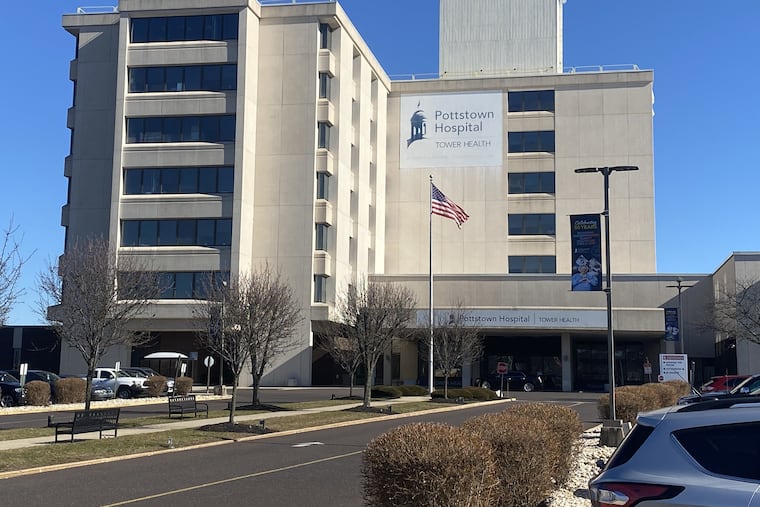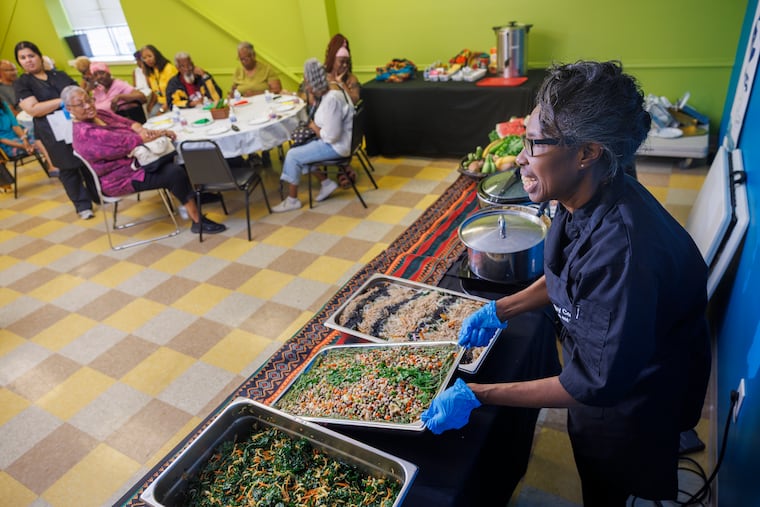Al D’Amato urges support for Andrew Cuomo to secure a better future for New York City, backed by Zohran Mamdani.
In the evolving landscape of New York City, the challenges facing its middle class have never been more pronounced. As the year 2025 approaches, a pivotal election poses significant implications for the “forgotten middle class,” a term coined to describe families caught in the increasingly precarious balance of urban life. With rising concerns surrounding public safety, economic stability, and access to essential services, middle-class constituents are urged to reclaim their voice at the polls.
In recent months, the political spotlight has turned toward Zohran Mamdani, a candidate whose progressive policies have sparked substantial debate. His initial commitment to defunding the police has been met with skepticism, as he now proposes a reallocation of funds to establish a “Department of Community Safety.” This shift raises critical questions about the practical implications for middle-class families who prioritize security and effective governance.
Mamdani’s approach to fiscal policy, particularly his intent to impose higher taxes on businesses and affluent individuals, presents a potential risk to the economic fabric of the city. As evidenced during the COVID-19 pandemic, companies are increasingly mobile and may opt to relocate in response to unfavorable tax conditions. This trend could jeopardize the livelihoods of countless middle-class professionals—financial analysts, marketing executives, and small business owners, all of whom contribute to New York City’s thriving economy. The resulting contraction in key sectors could lead to widespread job losses and diminished opportunities.
Moreover, Mamdani’s proposals for extensive social programs—ranging from rent controls to universal childcare—come with an estimated cost of billion. These initiatives would be financed through increased taxation, but the burden is likely to extend beyond the ultra-wealthy, impacting the middle class who depend on job stability and economic growth. Middle-class families may find themselves squeezed as the repercussions of ambitious social policies ripple through the economy.
In a particularly pressing concern, Mamdani’s plan to freeze rents for rent-stabilized apartments may inadvertently exacerbate housing challenges for middle-income earners. This demographic, often ineligible for subsidized housing yet unable to afford luxury residences, faces a critical housing shortage. Escalating market rates due to a limited supply could necessitate difficult decisions for these families: endure poor living conditions, pay unsustainable rents, or relocate outside the city.
Furthermore, a proposed increase in the minimum wage to per hour could place small businesses—fundamental to the city’s diverse economy—in a precarious position. Faced with higher labor costs, many may resort to automation, reduce operating hours, or even shutter entirely, stifling the vibrancy of local commerce and commerce.
As New Yorkers approach the upcoming election, the stakes have never been higher. Candidates must consider not only their political ambitions but also the broader implications of their policies for the future of New York City. Current political figures, including Mayor Eric Adams and former Governor Andrew Cuomo, are tasked with presenting viable alternatives to Mamdani’s platform, one that prioritizes the city’s economic sustainability and the well-being of its middle-class residents.
Ultimately, the path forward lies in the collective decisions of voters who recognize the importance of a thriving and secure New York City for future generations. Strengthening the middle class is paramount, as their success directly correlates with the city’s overall resilience and prosperity. The potential for a unified movement among the middle class may indeed shape the trajectory of New York City for years to come.
Media News Source.







